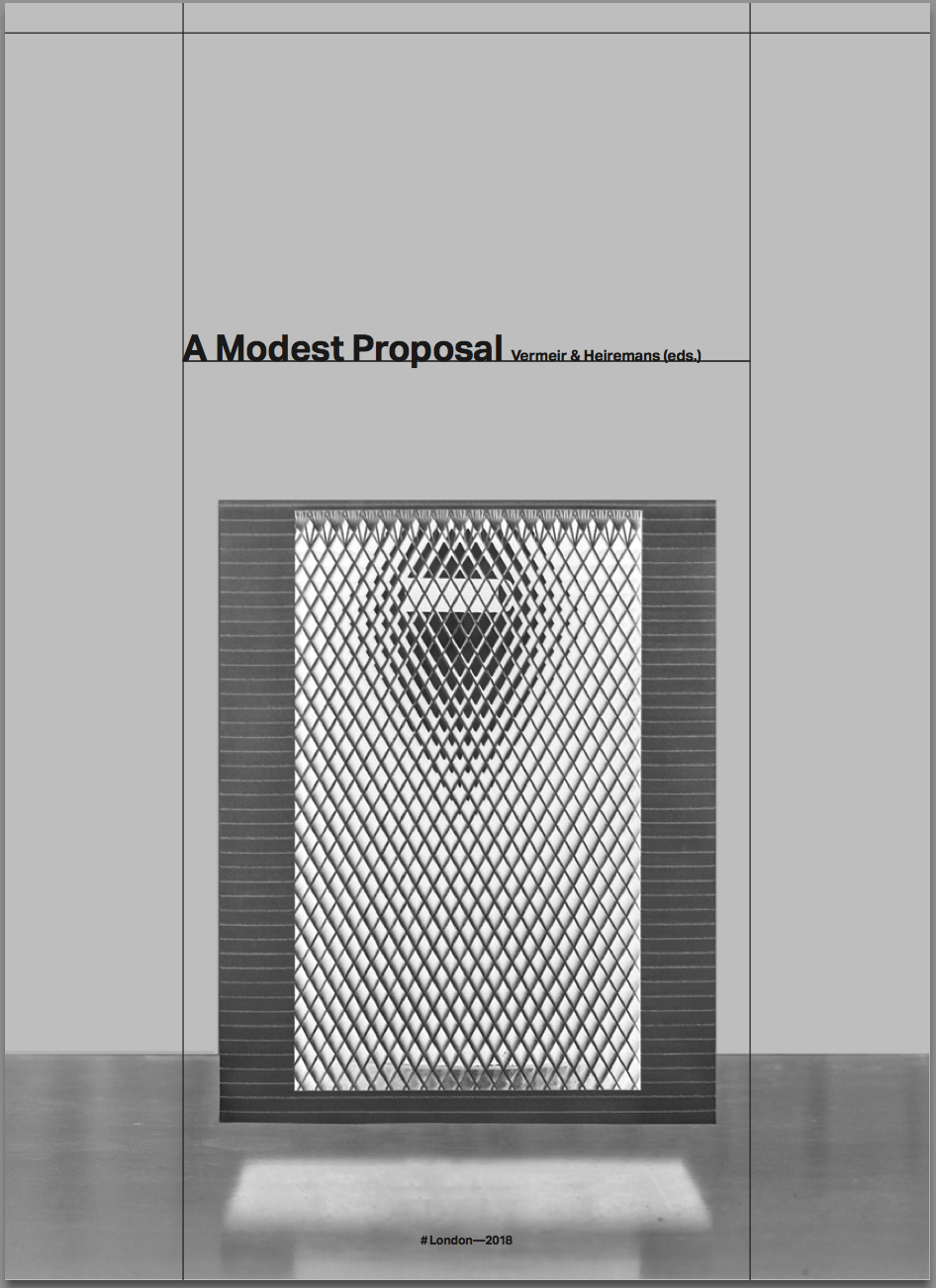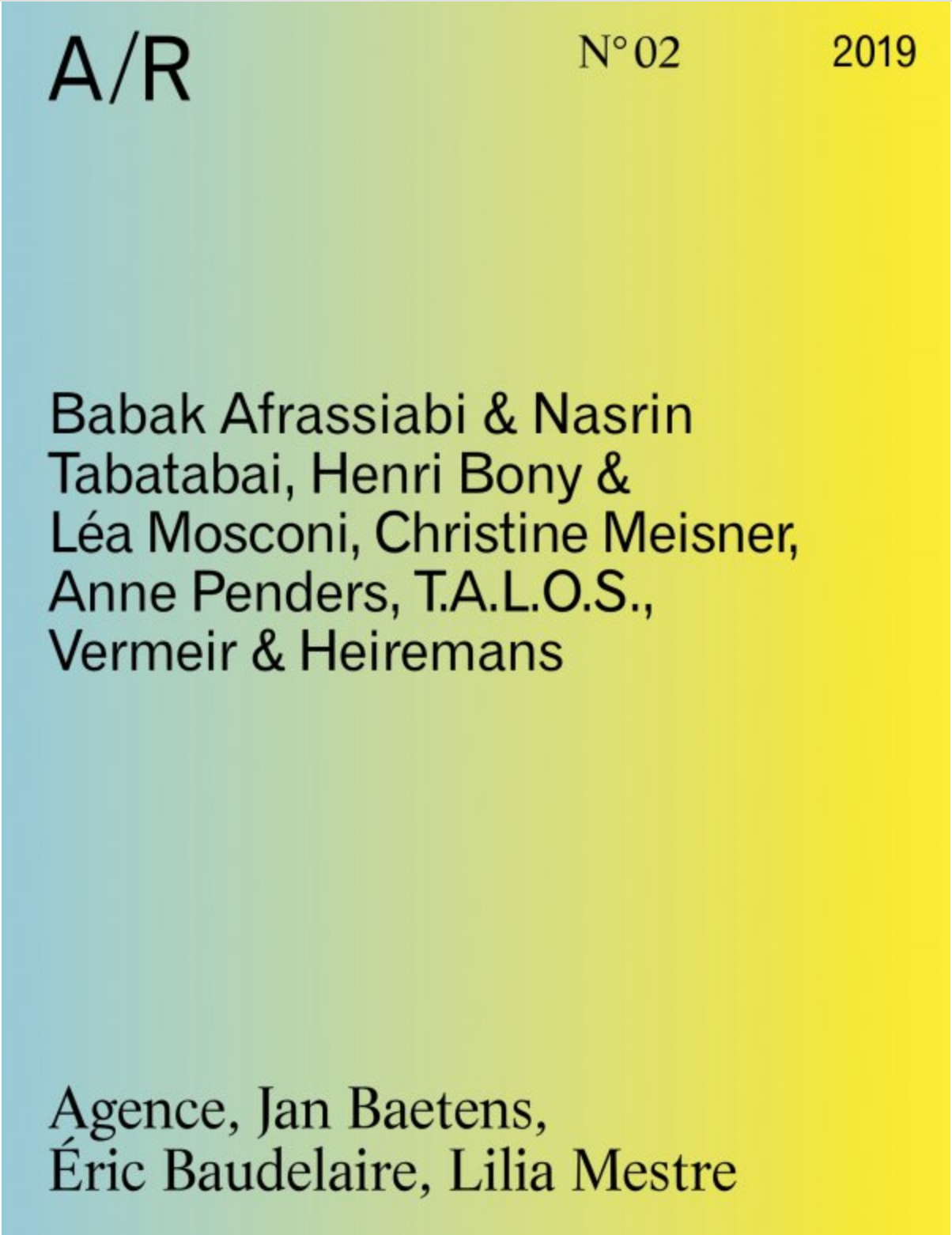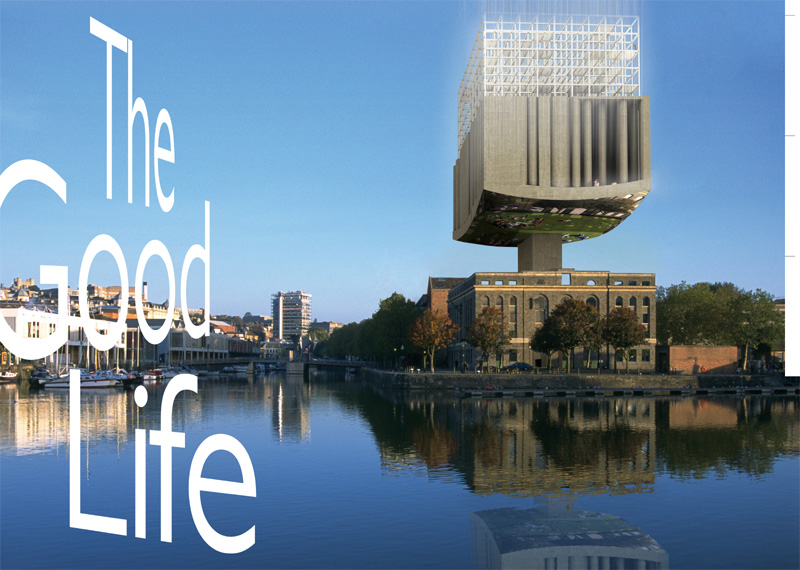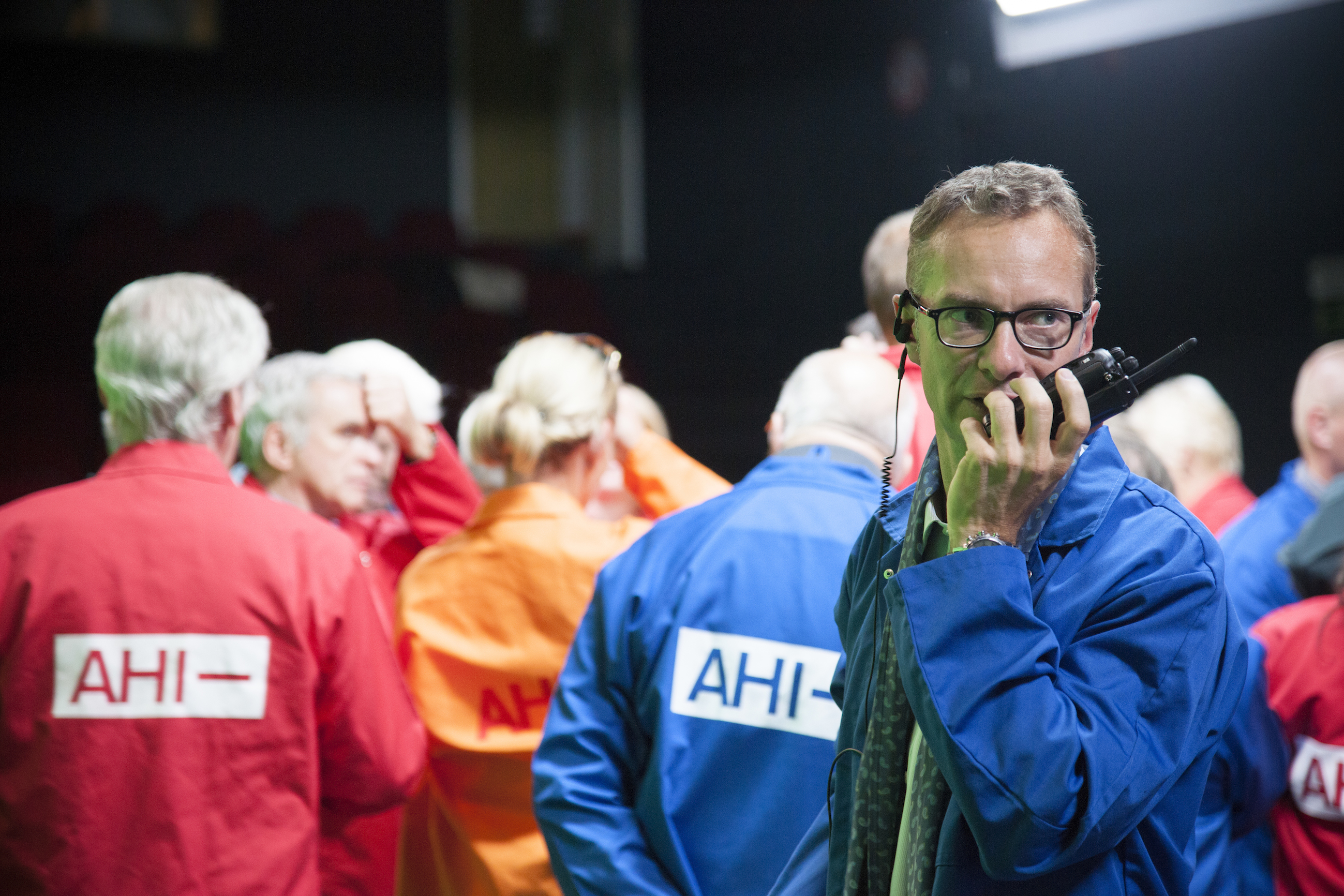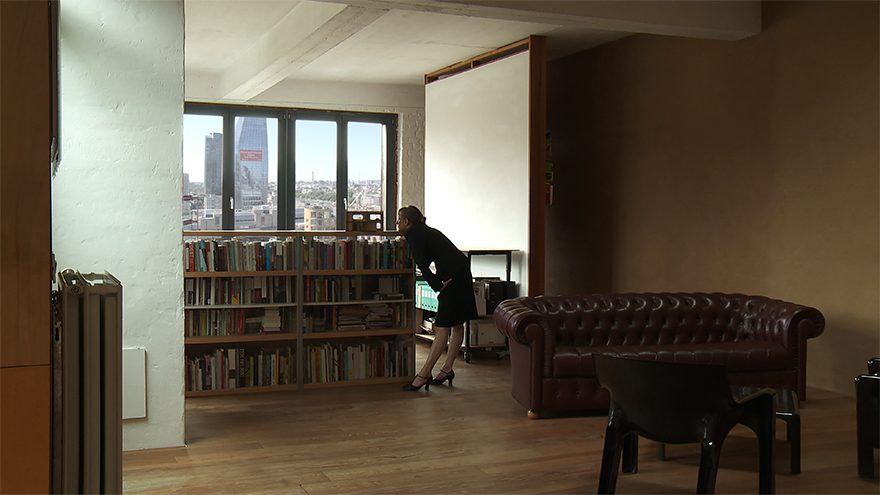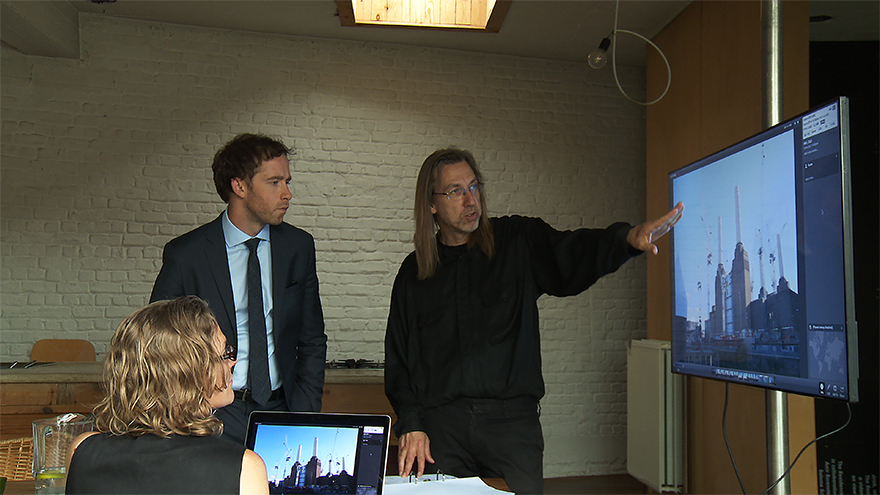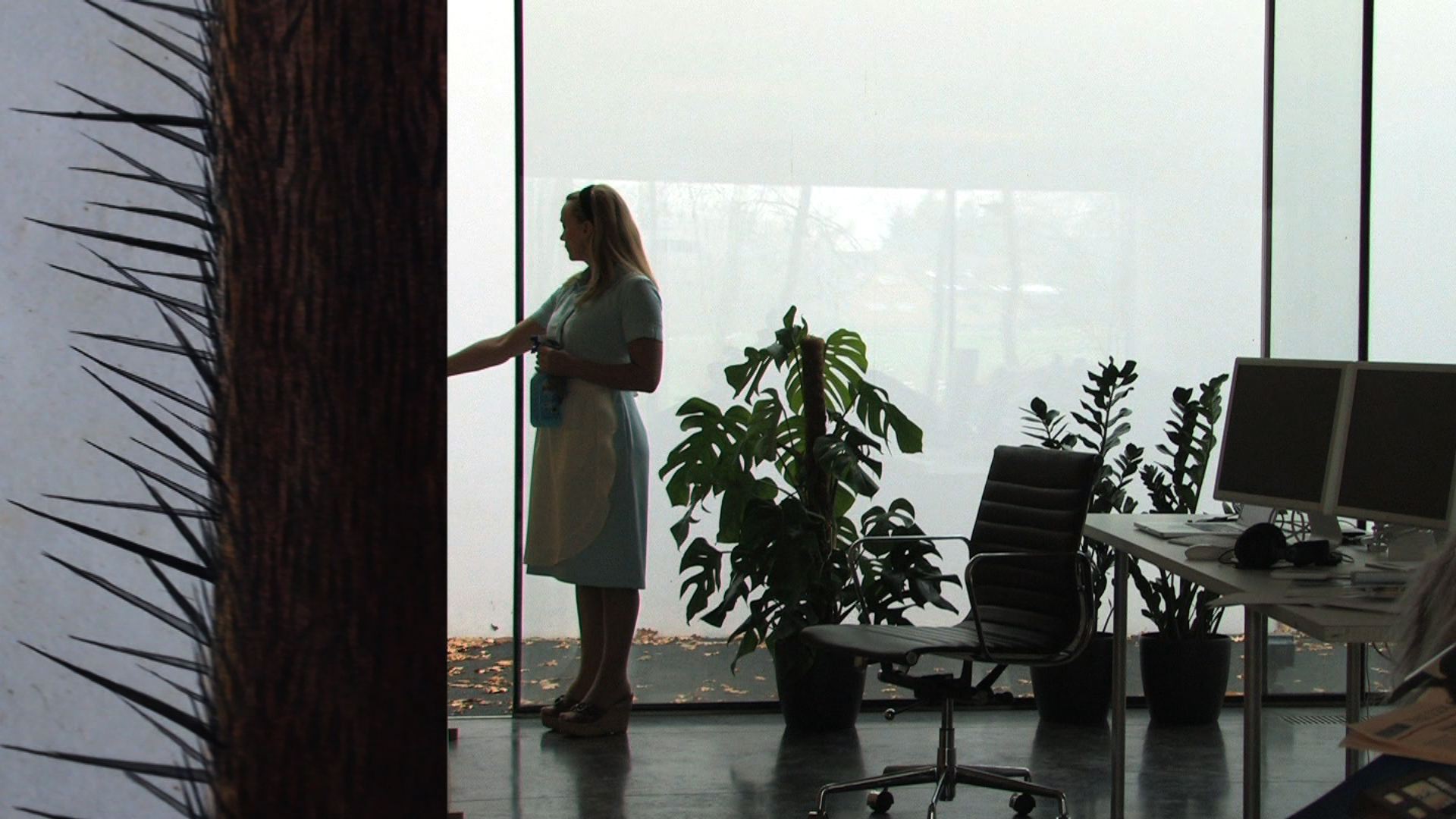Server: Apache/2.0.54 (Debian GNU/Linux) PHP/4.3.10-18
Content-Length: 1742
Connection: Keep-Alive
200 OK
Press text Flash Art 293, 'Before and after: 13th Istanbul Biennial' by Firat Arapoglu
Fulya Erdemci, curator of the 13th International Istanbul Biennial, has titled this edition “Mom, Am I Barbarian?” — a quote from Lale Müldür’s book of the same title. The word “barbarian” is used to indicate the “absolute others” of society. Thus, the theme of this Biennial, dedicated to the idea of the public sphere as a political forum, is ostensibly to bring visibility to society’s outcasts through art. Protests ensued following the announcement of the title. For example, a March 22nd Biennial event was disrupted when attendees expressed dissent by repeatedly reading Konstantin Kavafis’s poem “Waiting for the Barbarians.” On May 10, a protest took place during Vermeir & Heiremans’s “Art House Index” performance. Activists claimed that since powerful investment groups are involved, a discourse dedicated to “gaining new frontiers for resistance” under this biennial could only be an illusion. As both sides filed complaints against each other, what began as a public art presentation ended at a police station. Some criticized Fulya Erdemci for failing to avert what became a crisis.
Such divisive attitudes surrounding Turkish art, as well as an exhibition platform that raised the possibility of fostering a productive discussion on issues such as selling rebellion within the economy of spectacle and counter-spectacle, suddenly lost their importance with the emergence of the Gezi Park Resistance. This movement is the real version on the street of what biennials and artists conveniently address through discussions of the public sphere, politics, urban transformation and so on. But to compare the economic, political, cultural and artistic significance of the Gezi Resistance to the world of contemporary art would be incorrect; the components of the former form a much larger group than the latter.
Antrepo No.3 hosted a total of 52 projects and functioned as the headquarters of the biennial. Galata Greek Primary School — perhaps the most well-coordinated exhibition of the biennial — presented memorable works by Wang Qingsong, Serkan Taycan and Martin Cordiano & Tomás Espina. At the ARTER venue, Hèctor Zamora and Angelica Mesti’s contributions were well worth seeing. And at SALT Beyog˘ lu, works by Lutz Bacher — who was included in every venue of biennial — and Amar Kanwar were especially remarkable.
Many biennial old-timers were also included. As long as such names are included in the cycle of biennials, audiences will continue to perceive these exhibitions from a certain distance. Yet it is not enough to think in terms of artists and artworks; one also has to look at the institutional structures within the world of art. In short, one has to keep the relationship between art and corporatism in mind at all times.
